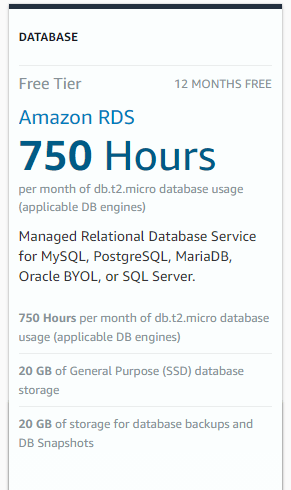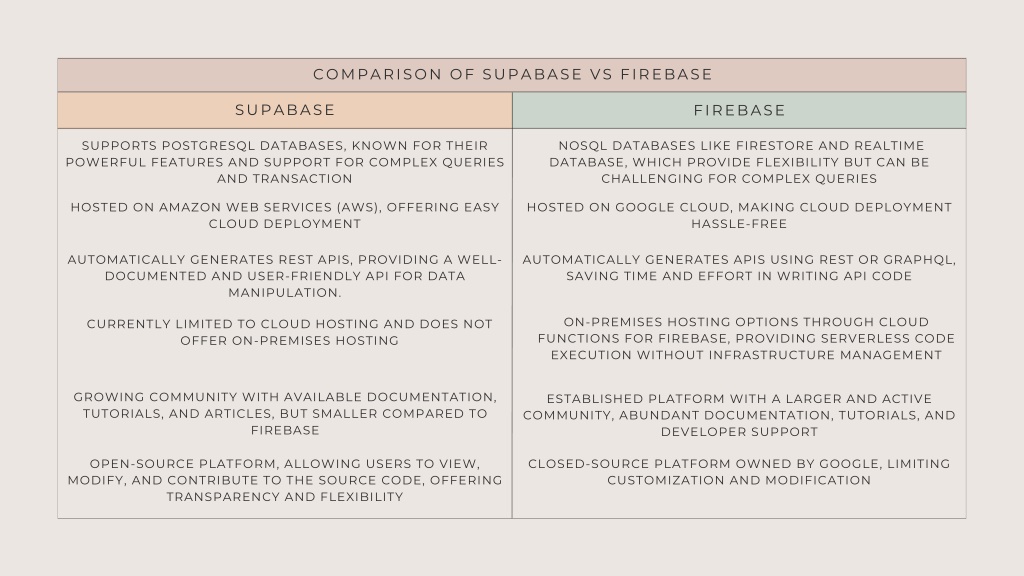

Open snapshots and choose to restore Snapshot to highest available PROVISIONED Aurora Cluster (for me it was Postgres 10.20), no other settings needs to be changed other than "Provisioned" and the version (this will take several minutes, about 15 minutes).Create a Snapshot for the existing Aurora Serverless Cluster overview page (takes about 5 minutes (depending on DB size)).So, here's the steps that might save someone else a few tries (and hours): You shouldn't try to migrate the Cluster from Provisioned to Serverless, the option is to convert the DATABASE (Writer instance) in the Provisioned Cluster to Serverless V2! While Amazon’s Aurora lets you use cloud-based computing resources to test and run your applications, the Aurora Serverless is a configuration that enables automated capacity scaling and connecting applications.OK, so the information in the documentation here is very unclear: ConclusionĪmazon Aurora and Aurora Serverless are two distinct products from AWS.

In simple words, the major difference between the two is that Amazon Aurora is designed as a simple and effective relational database while Aurora Serverless is a useful configuration for Aurora RDS. MySQL compatibility is the main reason why enterprises and developers choose Amazon Aurora, while the Serverless’ “API Integration” function is the key attraction point for buyers of Amazon Aurora Serverless. Amazon charges users for the storage capacity used by their database in active mode, which makes it incredibly affordable too.ĭifference between Amazon Aurora and Amazon Aurora Serverless Amazon Aurora HighlightsĬompatible with cloud functions for Google, Azure and IBMĪmazon Aurora designed the offer as a “SQL Database as a Service” while Aurora Serverless of made as a “Serverless / Task Processing” tool. Moreover, the Amazon RDS Management Console allows users to migrate between standard and serverless configurations with a few simple clicks. You can simply create an endpoint for your database, choose to set database capacity limits and connect applications using Aurora Serverless.Īmazon Aurora Serverless is charged on a per-second basis for the amount of storage space used by your active database. However, Aurora Serverless takes care of these administrative tasks. Managing database capacity manually is a time-consuming task and often leads to insufficient use of database resources. This service allows you to run cloud-powered databases without the need to manage database capacity. It can start, shut and scale capacity automatically, according to individual application’s requirements. The Aurora Serverless is an auto-scaling, on-demand configuration designed for Amazon Aurora RDS.

You can choose to get Aurora fully managed by Amazon Relational Database Services (RDS), which is designed to automate the time-consuming administrative tasks, such as database setup, hardware allocation, backups and patching.

Aurora is compatible with PostgreSQL and MySQL but is thrice as fast as PostgreSQL and five times faster than MySQL databases.Īmazon Aurora provides top-notch security, and prompt availability and is extremely reliable as a commercial database but only at a fraction of the cost of conventional database services. It offers an incredible combination of the high performance of conventional databases with the affordability and simplicity offered by open-source databases. Amazon Aurora is a relational database designed for the cloud.


 0 kommentar(er)
0 kommentar(er)
